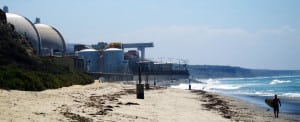
The U.S. Nuclear Regulatory Commission said Friday it is opening a special inspection of a recent mishap in loading used reactor fuel into a storage pad at the shuttered San Onofre Nuclear Generating Station (SONGS) in California.
The announcement comes as watchdog…